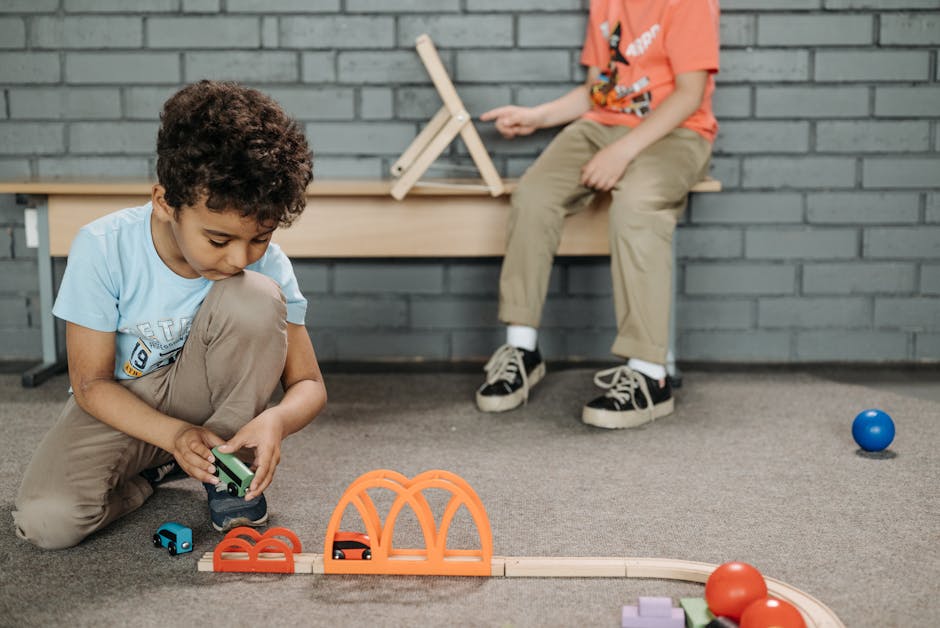Kids are fascinating creatures. You can spend a small fortune on the latest, greatest toy, with all the bells and whistles imaginable, only to find your child completely engrossed in playing with the box it came in. It's a common parental lament, but there's actually a good reason for this phenomenon. It turns out those simple, unassuming boxes offer something that even the most technologically advanced toys can’t: open-ended play.
A brightly colored plastic toy, pre-programmed with sounds and actions, dictates a specific type of play. A child can press a button to make it sing, or pull a string to make it move, but the possibilities are limited. A cardboard box, on the other hand, is a blank canvas. It can be a spaceship, a castle, a race car, a puppet theatre – anything a child’s imagination can conjure. This fosters creativity and problem-solving skills as they figure out how to transform the box into their desired object.
This type of unstructured play is crucial for child development. It allows children to explore their own ideas, experiment with different roles, and develop their own narratives. They learn to think outside the box (pun intended!) and come up with creative solutions. A toy that does everything for them doesn't offer the same opportunities for learning and growth.
Of course, this doesn't mean that all toys are bad. Many toys can be incredibly beneficial, helping children develop fine motor skills, learn about colors and shapes, and even introduce basic coding concepts. The key is to strike a balance. Provide a mix of structured and unstructured play opportunities, and let your child lead the way.
Observe your child's play patterns. What types of toys do they gravitate towards? What do they do with them? Do they prefer toys that offer a specific activity, or do they prefer toys that allow for more open-ended exploration? Understanding your child's play preferences can help you choose toys that will truly engage them and support their development.
Don't be afraid to embrace simplicity. Some of the best toys are the simplest ones. Building blocks, art supplies, and even everyday household items like pots and pans can provide hours of entertainment and learning. These items encourage imaginative play and allow children to create their own worlds and stories.
Remember, play is not just about having fun (although that's certainly a big part of it!). It's also about learning and growing. By providing a variety of play experiences, including plenty of opportunities for unstructured, open-ended play, you can help your child develop essential skills and foster a lifelong love of learning.
So next time you see your child happily playing with a cardboard box, don’t dismiss it as a sign that you’ve wasted your money on expensive toys. Instead, celebrate their creativity and imagination. You might even be tempted to join in the fun – after all, who doesn’t love a good cardboard box fort?
